

As the holidays quickly approach, many of us are scrambling to buy the perfect gift for our loved ones. Newspapers and advertisements have largely influenced our decisions on what to buy for the holidays. We explored MyHeritage’s Newspapers collections on SuperSearch™ for the most popular holiday toys and compiled a list of the best-sellers in every decade.
Do you remember these?
1920s: Teddy Bear
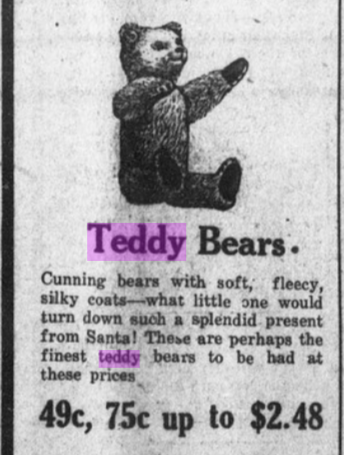
Chronicling America: Historic American Newspapers, 1836-1922, Mexico Weekly Ledger, Mexico, Missouri, Nov 30 1922, MyHeritage SuperSearch
Did you have a favorite teddy bear growing up? Since the 1920s, teddy bears have never gone out of style. The ad above is from 1922 and describes teddy bears as being the perfect gift from Santa. They were first made in 1902, but became massively popular in the 1920s. Many teddy bears in this decade were mechanical — they could dance and talk, and some had strings that enabled their head to move up and down. They were manufactured in different colors and, from 1923, their eyes were made of glass.
1930s: Jigsaw Puzzle
Above is a newspaper jigsaw puzzle from 1930 that children could cut out and piece together. As the Great Depression continued in the 1930s, a jigsaw puzzle craze began in the US and spread around the world. While other toys were scarce during this time, the hand-cut wooden puzzles rose in popularity. Local drugstores and libraries even allowed children to rent them for 3-to-10-cents a day, depending on the size of the puzzle.
1940s: Slinky Toy

Ohio Newspapers, 1793-2009, Painesville Telegraph, Painesville, Ohio, Dec 23 1948, MyHeritage SuperSearch
Sometimes the simplest toys can be the most entertaining. Richard James, a naval engineer, unintentionally created the Slinky when he was asked to develop springs that could stabilize instruments on ships during rough storms. He accidentally dropped one of the springs and watched in awe as the coils “walked” across the floor. He and his wife, Betty, later created and launched the toy to global markets. It was always an inexpensive gift and Betty James told the New York Times, “So many children can’t have expensive toys, and I feel a real obligation to them. I’m appalled when I go Christmas shopping and $60 to $80 for a toy is nothing.”
1950s: Silly Putty
This slimy toy brought smiles to millions of children during the holiday season in the 1950s. The 1951 newspaper article above explains how Silly Putty rose to fame. It is “a freak substance” that stretches, snaps, and bounces when played with and collapses when left alone. It was first created in the US during WWII when scientists tried to find a substitute for rubber due to a major shortage. Peter C.L. Hodgson purchased the substance and marketed it as “Silly Putty.” He packed it in plastic eggs and sold each for $1. Although first marketed to adults, by 1955, most customers were ages 6-12. Silly Putty became one of the bestselling toys in the 1950s and made the National Toy Hall of Fame in 2001.
1960s: Easy-Bake Oven

New York Newspapers, 1806-2007, Schenectady Gazette, Schenectady, NY, Dec 19 1968, MyHeritage SuperSearch
Was the first cake you ever baked in an Easy-Bake Oven? Those desserts filled the homes of millions of families around the world. It first launched in November 1963 and was a perfect holiday gift. The 1968 newspaper article above explains which gifts local children asked Santa for in Schenectady, New York. One child in the story had a full list for Santa and asked for Easy-Bake oven mixes. The first model used an incandescent light bulb as a heating source and provided a fun way for children to learn how to cook and bake with their families.
1970s: Rubik’s Cube
Did you ever solve a Rubik’s Cube? It was invented in 1974 and was not initially intended as a toy. Erno Rubik, a Hungarian architect, created the cube as a tool to demonstrate three-dimensional geometry. He called it the “magic cube” and couldn’t solve it himself, even though he invented the code! It took him a month to solve it and he tried to launch it in the toy market in the 1970s. In 1979, it was spotted at the Nuremberg Toy Fair and was judged to be a potential hit. Rubik’s Cube first won Toy of the Year in the UK in 1980 and is still popular today.
1980s: Koosh Ball
This simple idea led to a massive craze in the 1980s and was one of the most-asked for toys. The Koosh Ball was first patented in 1988 and is made up of 2,000 soft rubber filaments. It was created by engineer Scott Stillinger who first got the idea when he was teaching his children how to catch a ball. He wanted to invent a ball that would be easily caught by tiny fingers. He named it “Koosh” because of the sound it made when it landed in someone’s hands. Once he launched the Koosh Ball, he began to sell it in several different colors and, as the newspaper article above from 1989 explains, the Koosh Ball was a toy that did nothing but was “the right toy for the times.”
1990s: Furby
Did you have a Furby in your house that woke you up in the middle of the night? Furbies were the first attempt at selling a domestically-aimed robot, designed as a robotic pet for children that they could speak to, care for, and teach. Although they began by speaking their own Furbish language, they were eventually programmed to speak English. David Hampton and Caleb Chung created Furby, launching it in 1998, in time for the holiday season. In 1999, 14 million Furbies were sold and they are still sold today.
2000s: Wii
From the moment Nintendo Wii hit the U.S. market in November 2006, it flew off the shelves. As described in the 2007 newspaper article above, supply could not meet demand, and it was tough to find one in stores, even seven months after it launched. They became successful because the Wii is suitable for all ages and is motion-sensitive. This means that players make physical movements while playing and don’t need to press buttons on game consoles. Nintendo Wii later launched in the UK, South Korea, and Taiwan.
Which of these famous toys were your favorite?
We wish you and your families an exciting holiday season!
MyHeritage team

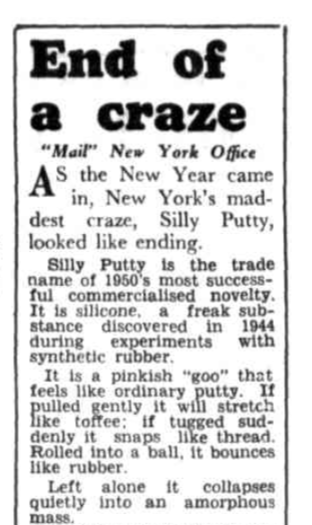


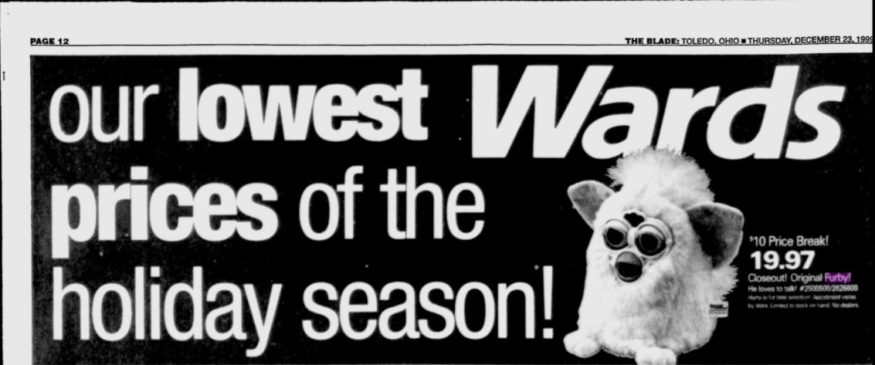



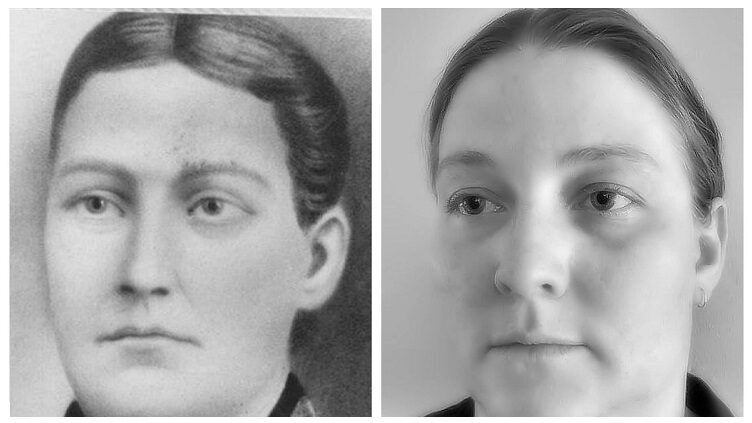
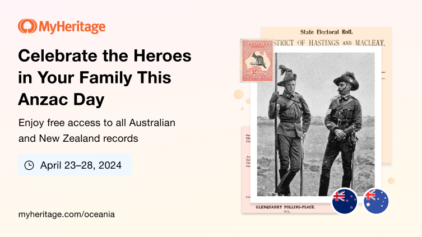




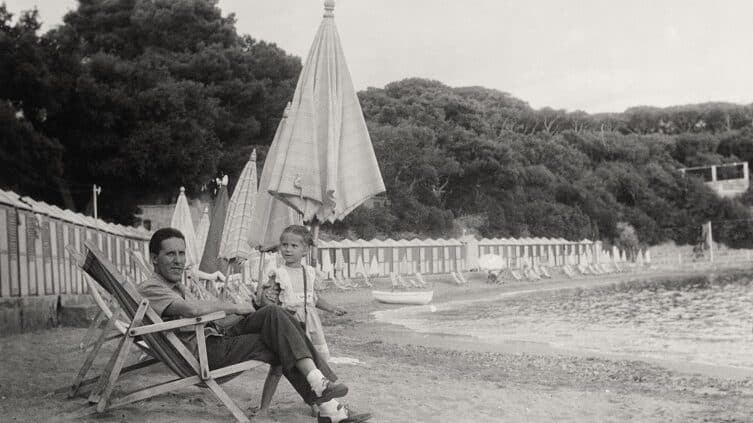

Ruth
December 3, 2017
I thought the hula “hoop” should be in there for the 1950’s, but guess it scanned two decades.